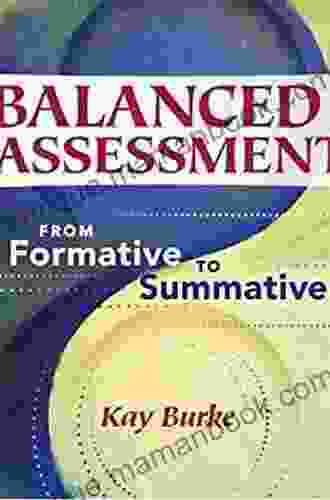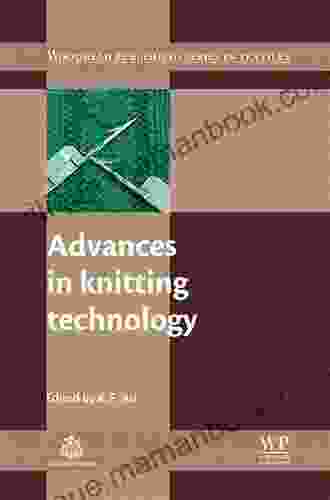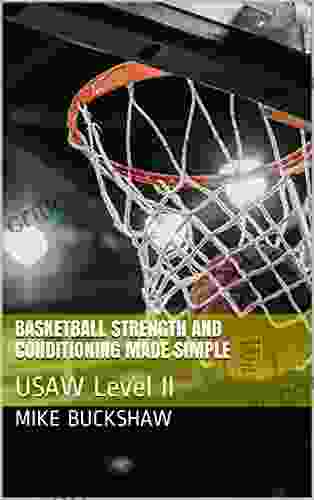Balanced Assessment: From Formative to Summative, a Leading-Edge Approach

Assessment is a crucial component of any educational system. It allows educators to gauge students' understanding of the curriculum, identify areas for improvement, and inform instructional decisions. Traditionally, assessment has been divided into two main categories: formative and summative. However, a more balanced approach to assessment is emerging that incorporates elements of both formative and summative assessment.
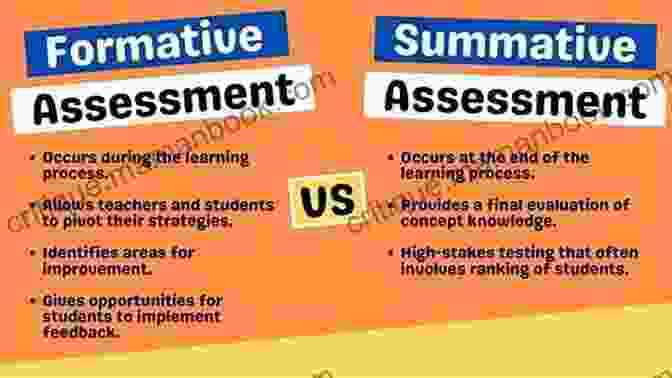
4.4 out of 5
| Language | : | English |
| File size | : | 7257 KB |
| Text-to-Speech | : | Enabled |
| Screen Reader | : | Supported |
| Enhanced typesetting | : | Enabled |
| Word Wise | : | Enabled |
| Print length | : | 176 pages |
Formative Assessment
Formative assessment is designed to provide feedback to students and teachers during the learning process. It is typically used to assess students' understanding of a particular concept or skill and to identify areas where they need additional support. Formative assessment can take many forms, including:
- Quizzes
- Homework assignments
- Class discussions
- Observations
- Self-assessments
The key characteristics of formative assessment are that it is:
- Diagnostic: It helps to identify students' strengths and weaknesses.
- Continuous: It is used throughout the learning process.
- Actionable: It provides information that can be used to adjust instruction.
Summative Assessment
Summative assessment is used to evaluate student learning at the end of a unit, semester, or course. It typically takes the form of a test or exam and is used to measure how well students have mastered the content. Summative assessment can also be used to make decisions about placement, promotion, or graduation.
The key characteristics of summative assessment are that it is:
- Judgmental: It makes a judgment about student learning.
- Done once: It is typically only used at the end of a learning period.
- Comparable: It allows for comparisons between students.
Balanced Assessment
A balanced assessment system incorporates elements of both formative and summative assessment. This approach allows educators to:
- Assess student learning throughout the learning process.
- Identify areas where students need additional support.
- Make informed decisions about instruction.
- Evaluate student learning at the end of a learning period.
There are many different ways to implement a balanced assessment system. One common approach is to use formative assessment to monitor student learning and summative assessment to evaluate student learning at the end of a unit, semester, or course. Another approach is to use formative assessment to provide feedback to students and summative assessment to make decisions about placement, promotion, or graduation.
The key to implementing a balanced assessment system is to use a variety of assessment techniques that are appropriate for the learning objectives and the students' needs.
Benefits of a Balanced Assessment System
There are many benefits to using a balanced assessment system. Some of the benefits include:
- Improved student learning: Balanced assessment provides students with feedback and support throughout the learning process, which can help them to improve their learning outcomes.
- Increased teacher effectiveness: Balanced assessment helps teachers to identify students' strengths and weaknesses and make informed decisions about instruction.
- Enhanced decision-making: Balanced assessment provides data that can be used to make informed decisions about placement, promotion, and graduation.
Challenges of a Balanced Assessment System
There are some challenges to implementing a balanced assessment system. Some of the challenges include:
- Time constraints: Implementing a balanced assessment system can be time-consuming, especially for teachers who are already overburdened with other responsibilities.
- Cost: Balanced assessment often requires the use of additional resources, such as software and materials.
- Resistance to change: Some teachers may be resistant to change and may not be willing to adopt a new assessment system.
Despite the challenges, the benefits of a balanced assessment system outweigh the drawbacks. By implementing a balanced assessment system, schools can improve student learning, increase teacher effectiveness, and enhance decision-making.
Assessment is an essential component of any educational system. A balanced assessment system incorporates elements of both formative and summative assessment and provides a comprehensive view of student learning. By using a balanced assessment system, schools can improve student learning, increase teacher effectiveness, and enhance decision-making.
4.4 out of 5
| Language | : | English |
| File size | : | 7257 KB |
| Text-to-Speech | : | Enabled |
| Screen Reader | : | Supported |
| Enhanced typesetting | : | Enabled |
| Word Wise | : | Enabled |
| Print length | : | 176 pages |
Do you want to contribute by writing guest posts on this blog?
Please contact us and send us a resume of previous articles that you have written.
 Top Book
Top Book Novel
Novel Fiction
Fiction Nonfiction
Nonfiction Literature
Literature Paperback
Paperback Hardcover
Hardcover E-book
E-book Audiobook
Audiobook Bestseller
Bestseller Classic
Classic Mystery
Mystery Thriller
Thriller Romance
Romance Fantasy
Fantasy Science Fiction
Science Fiction Biography
Biography Memoir
Memoir Autobiography
Autobiography Poetry
Poetry Drama
Drama Historical Fiction
Historical Fiction Self-help
Self-help Young Adult
Young Adult Childrens Books
Childrens Books Graphic Novel
Graphic Novel Anthology
Anthology Series
Series Encyclopedia
Encyclopedia Reference
Reference Guidebook
Guidebook Textbook
Textbook Workbook
Workbook Journal
Journal Diary
Diary Manuscript
Manuscript Folio
Folio Pulp Fiction
Pulp Fiction Short Stories
Short Stories Fairy Tales
Fairy Tales Fables
Fables Mythology
Mythology Philosophy
Philosophy Religion
Religion Spirituality
Spirituality Essays
Essays Critique
Critique Commentary
Commentary Glossary
Glossary Bibliography
Bibliography Index
Index Table of Contents
Table of Contents Preface
Preface Introduction
Introduction Foreword
Foreword Afterword
Afterword Appendices
Appendices Annotations
Annotations Footnotes
Footnotes Epilogue
Epilogue Prologue
Prologue Jean Patrick Beaufreton
Jean Patrick Beaufreton Layne Fargo
Layne Fargo Angie Fox
Angie Fox Julia Menezes
Julia Menezes Toni Morrison
Toni Morrison Jeffery Scott
Jeffery Scott Robert Kurson
Robert Kurson Robert Browning
Robert Browning Mark Roncace
Mark Roncace Meg Meeker
Meg Meeker Deana Farrady
Deana Farrady Will Hunt
Will Hunt Marcus Alexander Hart
Marcus Alexander Hart Tom Alesia
Tom Alesia R Taveous Merritt
R Taveous Merritt Ezra Pound
Ezra Pound Gail Lumet Buckley
Gail Lumet Buckley Michael Crichton
Michael Crichton Julia Bright
Julia Bright Nacole Shaw
Nacole Shaw
Light bulbAdvertise smarter! Our strategic ad space ensures maximum exposure. Reserve your spot today!

 Vince HayesThe Rock Soldier Story: A Timeless Tale of Courage, Sacrifice, and the Bonds...
Vince HayesThe Rock Soldier Story: A Timeless Tale of Courage, Sacrifice, and the Bonds... Efrain PowellFollow ·19.5k
Efrain PowellFollow ·19.5k Douglas PowellFollow ·5.1k
Douglas PowellFollow ·5.1k Tennessee WilliamsFollow ·3.1k
Tennessee WilliamsFollow ·3.1k W.B. YeatsFollow ·15k
W.B. YeatsFollow ·15k Junot DíazFollow ·19.2k
Junot DíazFollow ·19.2k Darren BlairFollow ·7.2k
Darren BlairFollow ·7.2k DeShawn PowellFollow ·4.8k
DeShawn PowellFollow ·4.8k Harry CookFollow ·12.5k
Harry CookFollow ·12.5k
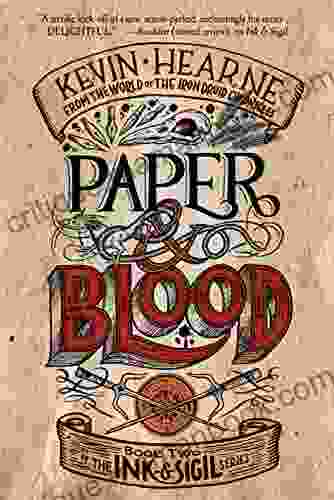
 Dan Henderson
Dan HendersonPaper Blood: Two of the Ink Sigil
By D.S. Otis In...

 Joseph Conrad
Joseph ConradStarting Up: Critical Lessons from 10 New Schools
Starting a new school...

 William Powell
William PowellThe Peculiar World of Funny Science Fiction Comedy: Where...
Prepare yourself for an...
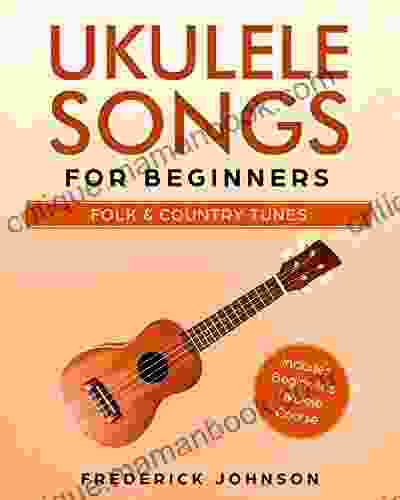
 Edgar Hayes
Edgar HayesUkulele Songs for Beginners: A Comprehensive Guide to...
Embark on a musical journey with the...

 Ralph Turner
Ralph TurnerDogs vs. Chickens: A Comprehensive Guide to Choosing the...
Dogs and chickens are both popular...
4.4 out of 5
| Language | : | English |
| File size | : | 7257 KB |
| Text-to-Speech | : | Enabled |
| Screen Reader | : | Supported |
| Enhanced typesetting | : | Enabled |
| Word Wise | : | Enabled |
| Print length | : | 176 pages |


